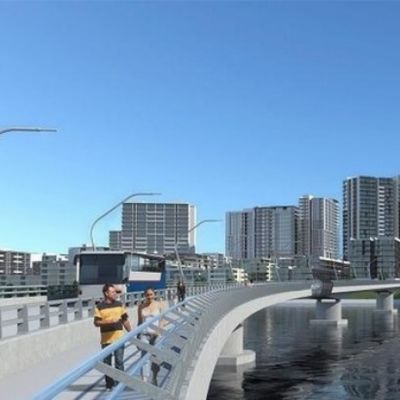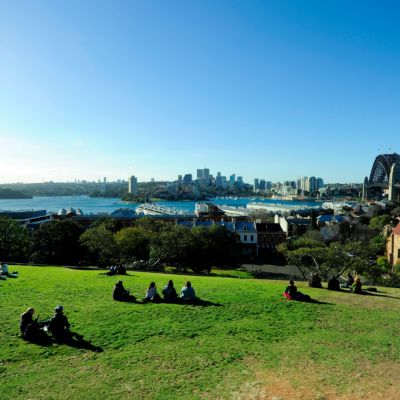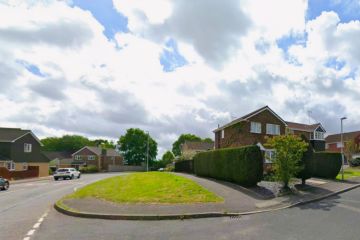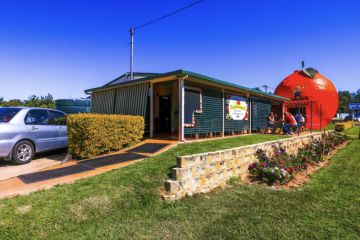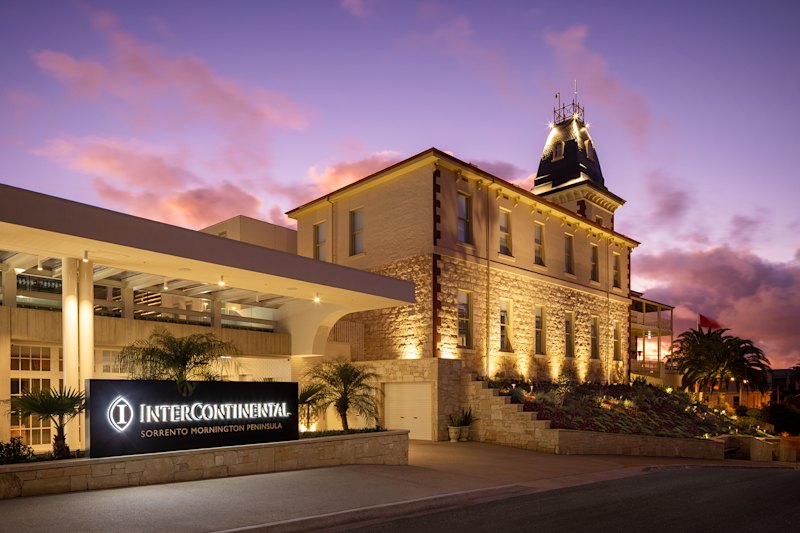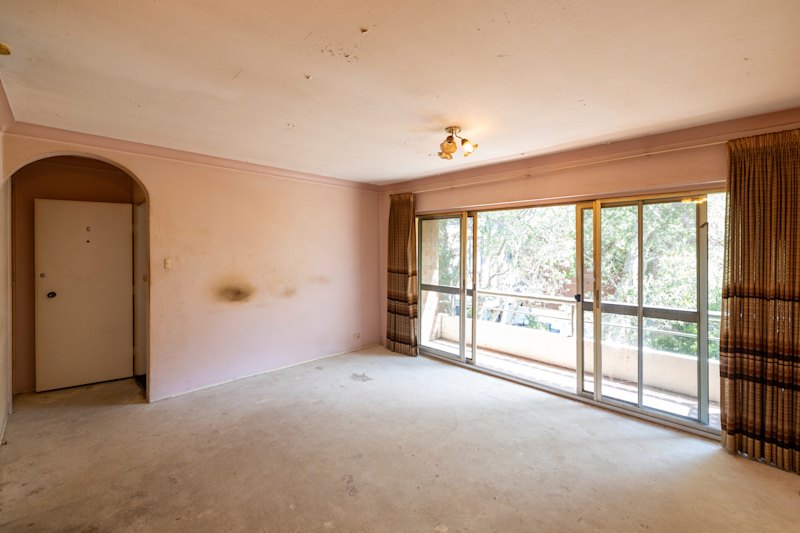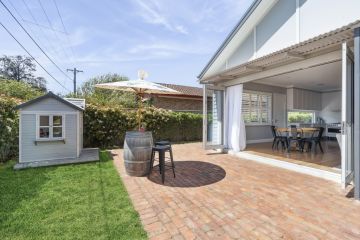Sydney's poorly-connected inner-city suburbs, and why the residents like it that way
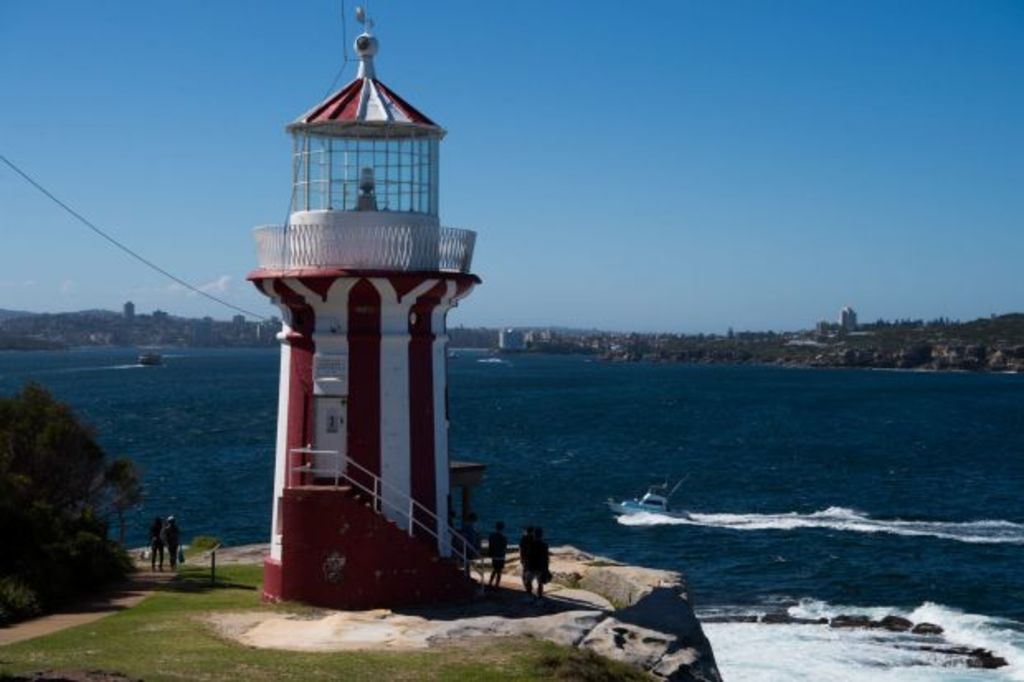
They’re considered to be among Sydney’s most prestigious suburbs but residents are forced to endure commute times up to nearly four times higher than from other areas the same distance away.
Watsons Bay, for instance, that picturesque village with its magnificent views over the harbour to the city, is only 11 kilometres away from the CBD, yet it can take up to an hour to travel to Town Hall on public transport.
On a good day, if all the connections are carefully worked out and timed, the very quickest trip, with a combination of a ferry, bus and train, is 38 minutes. But the least hassle – a single bus trip – can take 54 minutes.
Compare that with a suburb a similar distance away from the city in a different direction, like Burwood in the inner west, an extra kilometre away, which takes an average of just 14 minutes with a single train ride.
That’s the same story with another of our iconic suburbs, Bondi Beach. Seven kilometres east of the city centre, the commute there will take between 38 and 41 minutes, by either bus or a combination of bus and train, according to NSW Transport’s trip planner.
And exactly the same distance away from the CBD is Mascot – just 15 minutes by train.
“But you have to remember that many residents in these prestigious suburbs didn’t want public transport coming in as they’ve said before they don’t want ‘undesirables’ coming to their suburbs,” says Colin Schroeder, co-convenor of EcoTransit Sydney, the campaign to have public transport better funded.
“At one stage, they were talking about building a railway line to Bondi Beach, but the locals said they didn’t want it. One time, Balmoral had a ferry service and tram, but those are the kind of suburbs where people said they’d prefer to drive. It’s only now with parking so difficult in the city that attitudes are changing.”
Locals’ opinions on the desirability of public transport to such suburbs have changed markedly over the past 20 years, believes Mary Anne Cronin, principal of real estate agents Phillips Pantzer Donnelley. Back in the 1990s, when discussions about having an underground rail line to Bondi Beach were ongoing, people did indeed campaign against it to avoid too many outsiders coming into their area.
“But now those people are just a vocal small minority,” she says. “At some point in the future, light rail will come to Bondi, and that’s what residents really want. The demographic has changed at Bondi and people realise the benefits to the local economy and diversity of a rail link, and are very happy to share the beach.”
Public transport advocacy group Action for Public Transport (NSW) secretary Jim Donovan, however, says a rail line is unlikely ever to go to Bondi Beach. “It simply isn’t a big enough catchment area,” he says. “In the areas where you’d normally have people, there’s ocean!
“And prestige areas aren’t keen on public transport. Look at the dearest houses in Sydney, in Point Piper. Where’s the public transport there?”
Yet Bondi isn’t the only problematic eastern beach. Coogee and Clovelly might be wonderful to live in, with gorgeous sand or snorkelling in rock pools and fresh sea breezes about eight kilometres from the CBD – but not so fabulous to get in and out of to the CBD.
Coogee takes a minimum of 33 minutes to the city, via a bus to Bondi Junction and a train, and 42 minutes all the way by bus. Clovelly is also 33 minutes by bus to Central and train, yet up to 57 minutes all the way on the slowest bus. “But trips from Coogee and Clovelly will be eased by the light rail coming to Randwick,” says Cronin.
On the Lower North Shore, it can be similarly tricky. Take the lovely Balmoral Beach, also a mere eight kilometres from the city. If residents plan well, and are lucky, then if all three bus rides marry up, it could take 37 minutes to make the journey. More often, with a 23-minute walk included, it’ll take 45-48 minutes.
/**/
That’s in stark contrast with, say, Artarmon, the same eight kilometres from the CBD yet with an excellent rail link – 20 minutes by direct train.
Richard Simeoin, of Simeoin Manners in Mosman, says there are other transport options available, with people driving to more convenient spots to park near ferries or faster transport. “And living in Balmoral is a lifestyle decision,” he says.
Local agent Colin Craig, of LJ Hooker Lower North Shore, adds that residents of such areas, just as Schroeder says, don’t particularly want good public transport links.
“If you look at a beach like Cronulla, the train takes you straight to the beach and you get everyone there from the outer western suburbs,” he says. “If you put a train like that running up Spit Junction, you’d hardly be able to move for people.
“Inaccessibility can be better. Balmoral had a ferry service for a while but they stopped it. They’ve already got more people than they need, and it’s then down to the locals to pay for the infrastructure. It’s almost deliberate that these prestige areas don’t have that accessibility.”
Another consideration could be preserving those suburbs exactly the way they are. Schroeder says with so much development now taking place, and proposed to take place, along rail corridors and at public transport hubs, a lack of public transport in prestige suburbs means they’re less likely to be targeted.
“When you look how they’re saying they want 36,000 new dwellings along the rail corridor at Bankstown, compared to only saying they need 300 more dwellings in the eastern suburbs, then you can see the reason those places don’t want public transport,” he says.
“The Government doesn’t look at public transport in terms of providing better amenities for residents; it’s more about facilitating more development.”
We recommend
States
Capital Cities
Capital Cities - Rentals
Popular Areas
Allhomes
More
- © 2025, CoStar Group Inc.

